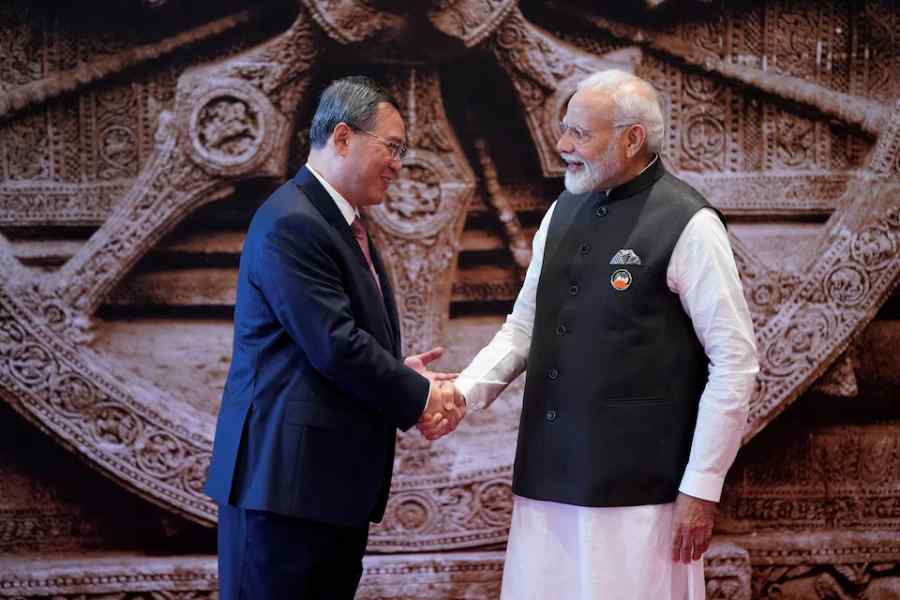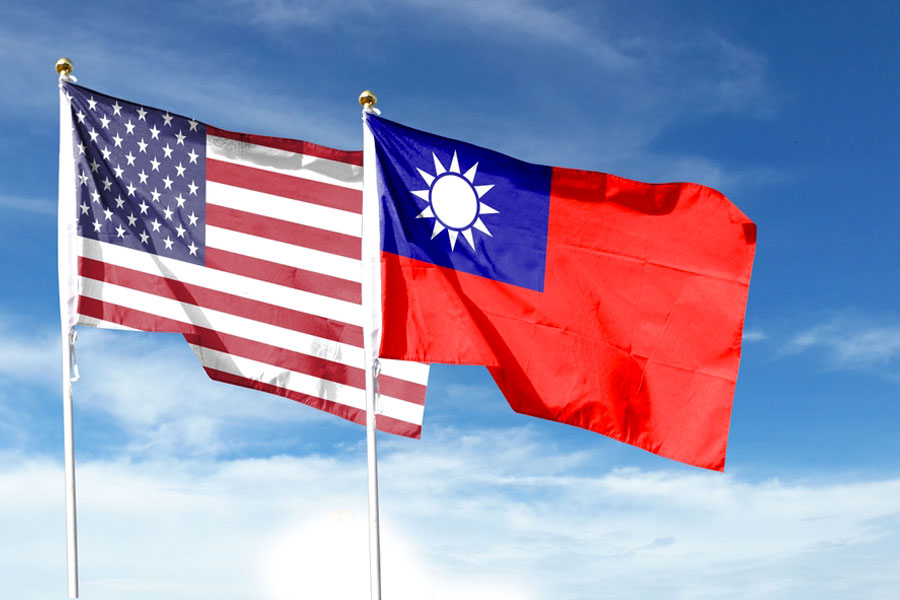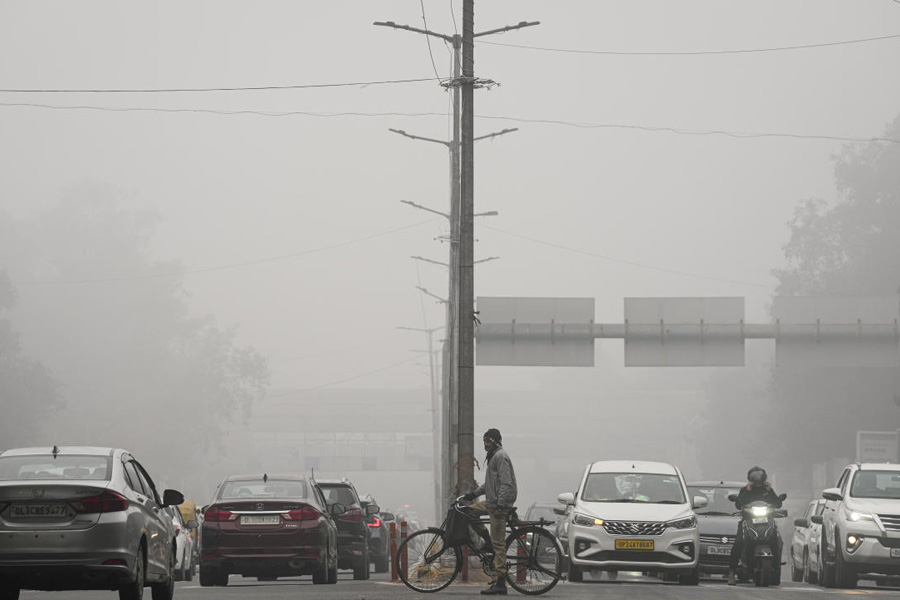Book: The Insect Crisis: The Fall Of The Tiny Empires That Run The World
Author: By Oliver Milman
Publisher: Atlantic
Price:£16.99
When was the last time you spotted a sparrow in your neighbourhood, or were greeted by the twinkling lights of fireflies among the bushes at night, or swept away the night’s dead insects from the living room floor?
This book — his first — by the long-time environment reporter for The Guardian, Oliver Milman, is a dense, often depressing, repository of research traversing a myriad lives of insects, their place in holding the delicately interconnected ecological web together, and how climate change and habitat loss driven by a criminally reduced forest cover, toxic farming practices heavily reliant on insecticides and pesticides, and pollution are causing their populations to plummet.
The Insect Crisis gives a peek into the kaleidoscopic world of insects (of which honeybees and butterflies make up a tiny portion), which have adapted themselves in ingenious ways over 400 million years of ecological history, surviving five mass extinctions, to become the creatures that move life-forces above and below ground. But the last 200 years of human activity have caused them to face existential challenges that they have never faced before; the multifacetedness of the climate crisis providing too little time for them to adapt and cope.
Without insects, especially without the range of pollinators, we’d be living in a visually bland world, eating a bland diet devoid of a number of fruits and vegetables and also chocolate, almonds, coffee and honey. In a country like India, with its vast tracts of rural land dependent on agriculture and now the misguided turn towards supplying fortified rice, insects are key to ensuring a colourful holistic diet for the millions still marginalised. Even plans of creating palm oil plantations in ill-suited and ecologically sensitive areas like the Northeast and the Andaman and Nicobar islands will bear heavy costs for all.
The book advocates for the need of establishing safe corridors for all flora and fauna, since “eco-remedies” in select places can hardly counter the effects of a heavily industrialised world riddled with toxic chemicals. It elucidates how monoculture farming and increased carbon content in the air lead to malnourishment in plants, which then become inadequate food sources for insects, leading to starvation. Fewer insect numbers mean fewer insectivorous birds like sparrows and bulbuls. Even aquatic life becomes stunted.
The book comes at a time when earth’s systems are haywire and thus makes necessary information accessible to a larger section of people beyond entomologists. We are told of a fatal future for creatures like butterflies whose beauty, though not ecologically ‘useful’, does inspire our human senses of awe and wonder as well as creativity and scientific curiosity. In such a future, other insects like mosquitoes, cockroaches, pathogens and crop pests will thrive. Milman reminds us of the locust swarms that hit western and central India in 2020 — a symptom of this very crisis. Invoking public and individual memory in the discourse thus helps bring abstract projections to view.
Entomologists and scientists starved of funds to pursue research on insect population trends are later put to trial for not having any reliable data. This book itself is testimony to the fact that there is enough research already to warrant large-scale action to prevent an ecological collapse.











